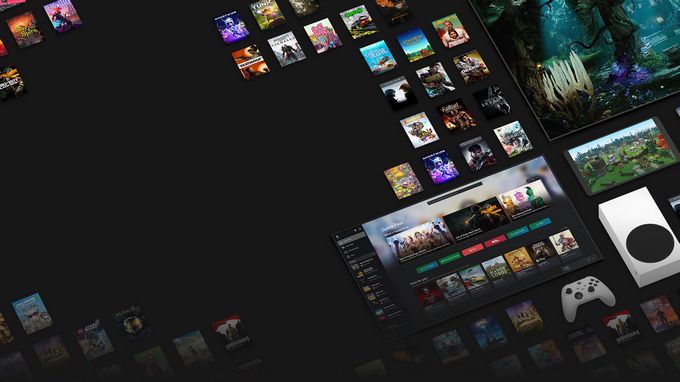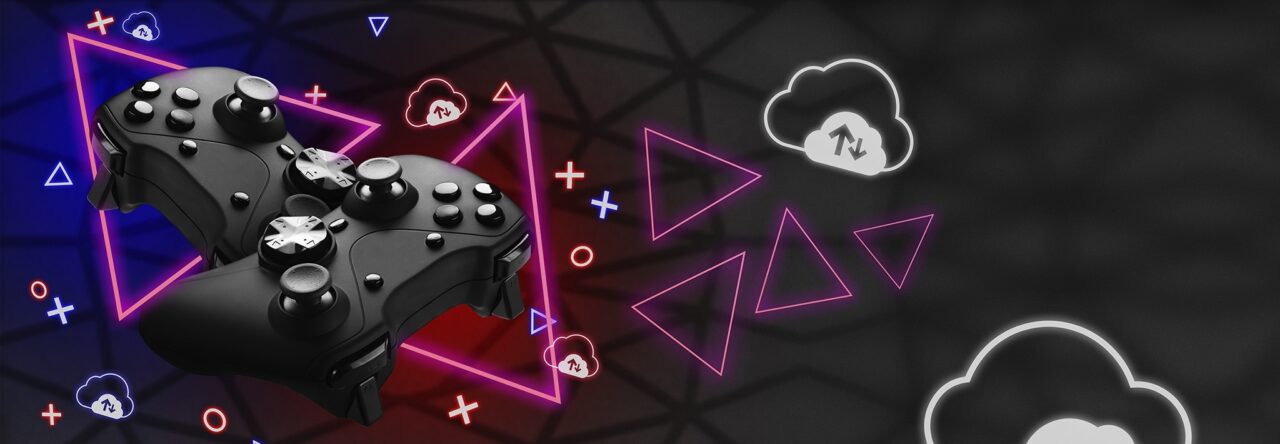
In the realm of gaming, competition is often seen as a driving force that motivates players to push their boundaries and improve their skills. After all, who doesn’t enjoy the thrill of victory and the satisfaction of outsmarting an opponent? However, there is another side to gaming that focuses more on collaboration and community-building rather than pitting players against each other.
Designing for community without competition is a concept that is gaining traction in the gaming industry, with an increasing number of developers recognizing the value of creating games that prioritize social interaction and cooperation over cutthroat competition. In this article, we will explore the benefits of this approach, as well as some key strategies for designing games that foster a sense of community among players.
One of the main advantages of designing for community without competition is that it allows for a more inclusive and welcoming gaming experience. Not everyone enjoys the pressure and intensity of competitive gaming, and for some players, the prospect of facing off against strangers in high-stakes matches can be intimidating. By focusing on community-building instead, developers can create a space where players can feel supported, encouraged, and valued, regardless of their skill level or experience.
In addition, designing for community can help to cultivate a sense of belonging and connection among players. When games promote cooperation and teamwork, players are more likely to form bonds with one another, collaborate on shared goals, and celebrate each other’s successes. This sense of camaraderie can enhance the overall gaming experience and make it more fulfilling and rewarding for everyone involved.
Furthermore, designing for community without competition can have a positive impact on players’ mental health and well-being. Competitive gaming can sometimes lead to stress, frustration, and toxic behavior, as players become overly focused on winning at all costs. By creating games that emphasize cooperation and mutual support, developers can help to foster a more positive and uplifting gaming environment that promotes positivity, friendship, and personal growth.

So, how can developers design games that prioritize community over competition? Here are cloud vps server a few key strategies to consider:
1. Cooperative gameplay: One of the most effective ways to promote community-building in games is to incorporate cooperative gameplay mechanics. This could involve players working together to achieve common objectives, sharing resources, or strategizing as a team to overcome challenges. By encouraging players to collaborate and communicate with one another, developers can foster a sense of unity and teamwork that is essential for building a strong gaming community.
2. Social features: Another important aspect of designing for community is to include social features that allow players to interact and engage with one another in meaningful ways. This could include chat functions, forums, guilds, or in-game events that encourage players to connect, share experiences, and build relationships. By providing players with opportunities to socialize and form bonds, developers can help to create a vibrant and active gaming community that values connection and communication.
3. Positive reinforcement: In games that prioritize community-building, it’s important for developers to reward and incentivize positive behavior. This could involve recognizing players for their contributions to the community, offering praise for acts of kindness or teamwork, or providing in-game rewards for players who exhibit sportsmanship and cooperation. By reinforcing positive behaviors and values, developers can help to create a culture of respect, support, and mutual appreciation that enhances the overall gaming experience.
In conclusion, designing for community without competition is a powerful approach that can help to create a more inclusive, welcoming, and positive gaming environment. By prioritizing social interaction, cooperation, and mutual support, developers can foster a sense of connection and camaraderie among players, while also promoting mental health and well-being. As the gaming industry continues to evolve, it’s important for developers to consider the value of community-building in their game design, and to seek out innovative ways to cultivate a strong and vibrant gaming community that celebrates collaboration, friendship, and mutual respect.

